The Bilbao Effect: Transforming Cities Through Iconic Architecture
Discover the Bilbao Effect, named after Frank Gehry's Guggenheim Museum Bilbao, whose remarkable success led to transformative changes for the city of Bilbao.

Introduction
Brief definition of the Bilbao Effect
The Bilbao Effect, also known as the Guggenheim Effect, is a phenomenon that occurs when a city experiences significant urban transformation, revitalization, and economic growth through the construction of iconic architectural landmarks. This strategy aims to boost the city's global appeal, attract tourists, and stimulate local economies by creating a unique and vibrant urban landscape. The term "Bilbao Effect" was coined after the extraordinary success of the Guggenheim Museum Bilbao in Spain, which became a catalyst for the city's renaissance and served as a blueprint for similar projects worldwide.
I have an online course where you could learn how to automate your architecture studio work to save time while designing better projects.
This AI in AI in AEC online course is by subscription with one lesson a week.
Origins: The Guggenheim Museum Bilbao and its impact on the city
The origins of the Bilbao Effect can be traced back to the late 20th century when the Guggenheim Museum Bilbao was constructed in the Basque city of Bilbao, Spain. Prior to the museum's development, Bilbao was struggling to transition from its industrial past and faced economic decline. The decision to build a world-class museum, designed by renowned architect Frank Gehry, marked the beginning of a new era for the city. Upon its completion in 1997, the Guggenheim Museum Bilbao quickly gained international recognition for its innovative design, and its success in attracting millions of tourists and revitalizing the city's economy became widely known as the "Bilbao Effect" or "Guggenheim Effect."
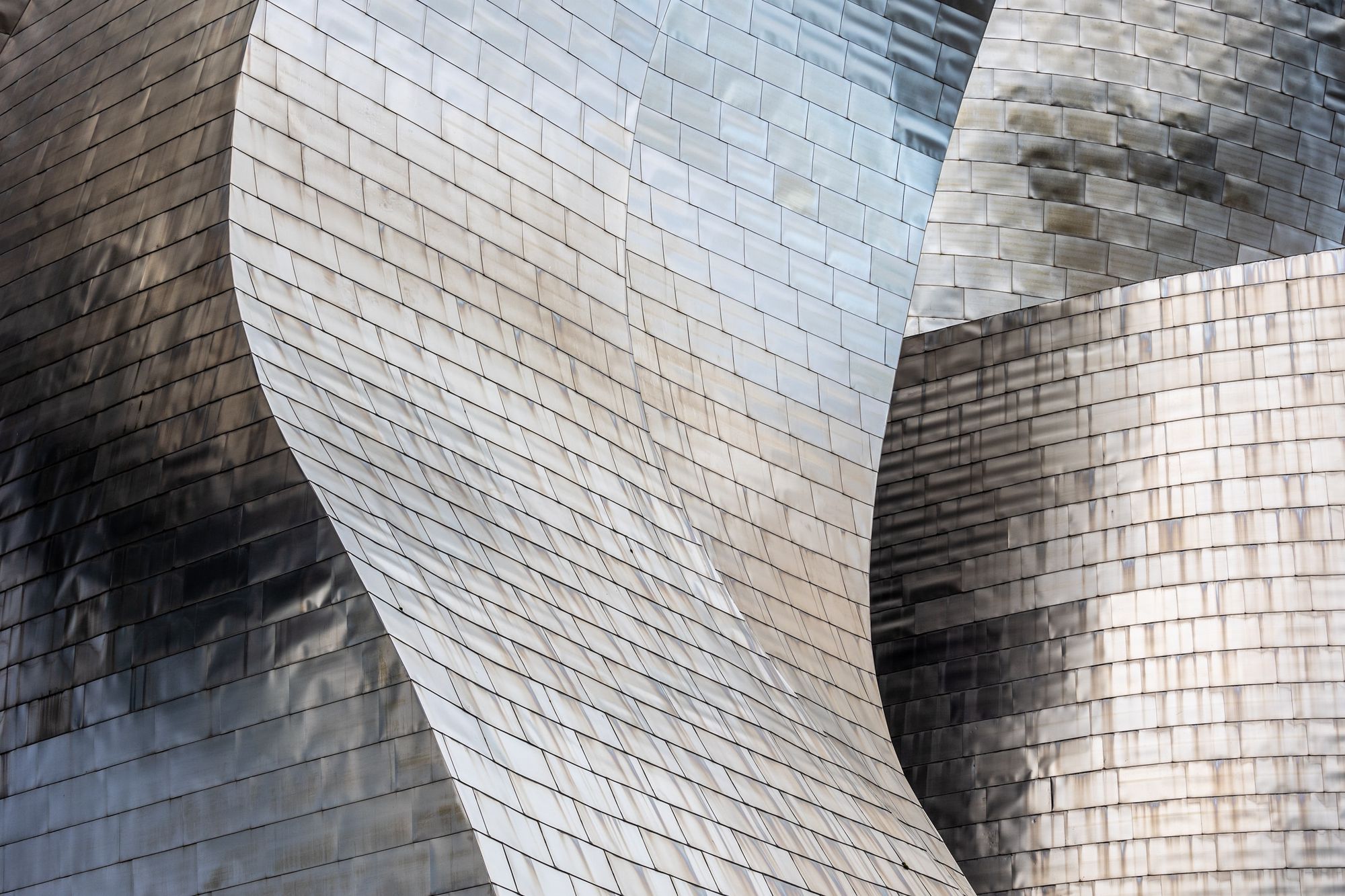
The Guggenheim Museum Bilbao: Catalyst for Change
Background on Bilbao before the museum
Before the Guggenheim Museum Bilbao's construction, the city of Bilbao was grappling with the challenges of deindustrialization and economic decline. With its heavy industry and port activities dwindling, the city faced high unemployment rates, urban decay, and a tarnished image. In an effort to reinvent itself and stimulate economic growth, the city sought to shift its focus towards culture, tourism, and the service sector. This strategic move laid the groundwork for the ambitious project of constructing a new museum that would serve as a symbol of Bilbao's rebirth and drive its urban regeneration.
The vision of Frank Gehry, the architect
Architect Frank Gehry was commissioned to design the Guggenheim Museum Bilbao, and his unique vision played a crucial role in the project's success. Gehry's groundbreaking design, featuring undulating titanium curves and a dynamic interplay of forms, created a striking visual impact that captivated the world. The museum's innovative architecture not only elevated Bilbao's global profile but also signaled a shift in the role of architecture in urban regeneration. Gehry's design epitomized the power of iconic architecture to transform a city's image, attract visitors, and stimulate economic development, embodying the essence of the Bilbao Effect.
Public and private investments
The Guggenheim Museum Bilbao was the result of a successful collaboration between public and private entities, which provided the necessary funding and resources for the project. The Basque government contributed a substantial sum for the museum's construction and also financed infrastructural improvements in the surrounding area. The Guggenheim Foundation, a private organization, played a crucial role in the museum's development, including the provision of world-class art collections and expertise in museum management. This public-private partnership model proved to be a critical success factor in realizing the ambitious vision of the Guggenheim Museum Bilbao and transforming the city's fortunes.
Economic, social, and cultural impacts on the city
The Guggenheim Museum Bilbao had far-reaching economic, social, and cultural impacts on the city. Economically, the museum generated a significant increase in tourism, with millions of visitors coming to Bilbao each year. This tourism boom stimulated the local economy by creating new jobs, boosting the hospitality industry, and increasing tax revenue. Socially, the museum helped reshape the city's image, fostering a sense of pride among residents and enhancing Bilbao's appeal as a desirable place to live and work. Culturally, the Guggenheim Museum Bilbao served as a catalyst for the growth of the city's artistic and creative scene, inspiring the development of new cultural institutions, events, and public spaces.
International recognition and tourism boost
The Guggenheim Museum Bilbao's success in attracting international recognition and boosting tourism demonstrated the power of iconic architecture as a tool for urban regeneration. The museum's innovative design garnered worldwide acclaim, placing Bilbao on the global stage and showcasing the potential of architecture to transform a city's image. The influx of tourists not only stimulated the local economy but also helped establish Bilbao as a cultural and artistic hub. This unprecedented success became a testament to the transformative potential of the Bilbao Effect, inspiring cities worldwide to pursue similar strategies for urban revitalization.
Key Elements of the Bilbao Effect
Iconic architecture
At the heart of the Bilbao Effect is the concept of iconic architecture – visually striking, innovative, and memorable structures that captivate the public's imagination and become symbols of a city's identity. The Guggenheim Museum Bilbao exemplifies this idea, with its distinctive design becoming synonymous with the city itself. Iconic architecture serves as a powerful draw for visitors, creating a unique sense of place and setting the stage for urban transformation.
Strategic urban planning
Strategic urban planning plays a crucial role in the Bilbao Effect, ensuring that new developments are integrated seamlessly into the existing urban fabric and contribute to the overall attractiveness and functionality of the city. In the case of the Guggenheim Museum Bilbao, careful planning and consideration were given to the museum's location, surrounding infrastructure, and connections to other parts of the city. This thoughtful approach to urban planning helped maximize the museum's impact on Bilbao's revitalization, proving that the Bilbao Effect is not merely about constructing a single iconic building but creating a comprehensive vision for urban regeneration.
Public-private partnerships
Public-private partnerships are another essential element of the Bilbao Effect, facilitating the funding, development, and management of large-scale projects. The Guggenheim Museum Bilbao's success can be attributed in part to the strong collaboration between the Basque government and the Guggenheim Foundation. This partnership ensured that the necessary resources and expertise were available to bring the project to fruition and demonstrates the importance of cooperation between public and private entities in achieving ambitious urban regeneration goals.
Cultural programming and community engagement
Cultural programming and community engagement are vital components of the Bilbao Effect, as they ensure that new developments benefit local residents and foster a sense of civic pride. The Guggenheim Museum Bilbao has hosted numerous exhibitions, events, and educational programs, creating opportunities for locals and visitors alike to engage with art and culture. By incorporating cultural programming and community engagement into urban regeneration projects, cities can create lasting connections between residents, visitors, and the built environment, further enhancing the overall impact of the Bilbao Effect.
Creation of a city brand
The creation of a strong city brand is another crucial element of the Bilbao Effect. By developing a unique and appealing identity, cities can attract tourists, investors, and residents, and promote their cultural, economic, and social assets. The Guggenheim Museum Bilbao played a pivotal role in crafting a new image for the city of Bilbao, transforming it from an industrial center into a vibrant cultural destination. This new brand not only captured the essence of the city's revitalization but also provided a strong foundation for future growth and development.
Case Studies: Replicating the Bilbao Effect in Other Cities
Walt Disney Concert Hall, Los Angeles
The Walt Disney Concert Hall in Los Angeles, designed by Frank Gehry, is another example of a city attempting to replicate the Bilbao Effect. Completed in 2003, the concert hall's iconic design helped revitalize the city's downtown area and established Los Angeles as a major cultural destination. The success of the Walt Disney Concert Hall demonstrates that the Bilbao Effect can be adapted to different contexts and used as a catalyst for urban regeneration in various settings.
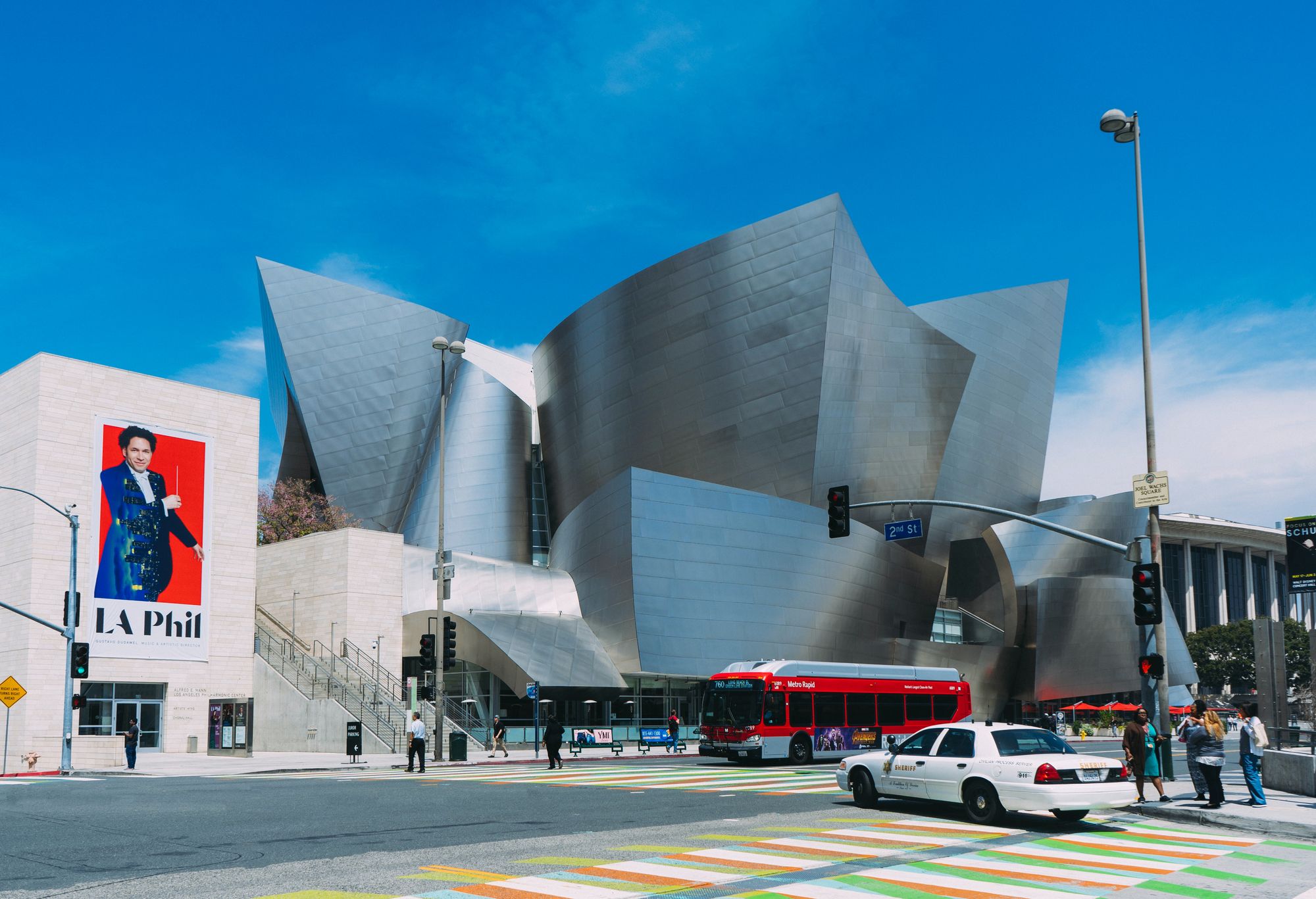
The Shard, London
The Shard in London, a soaring glass skyscraper designed by Renzo Piano, has become an iconic symbol of the city's skyline and another example of the Bilbao Effect in action. Completed in 2012, The Shard has transformed the surrounding area, attracting new businesses, residents, and tourists. Its striking design and prominent location have contributed to London's reputation as a leading global city, showcasing the power of iconic architecture to shape a city's image and drive economic growth.
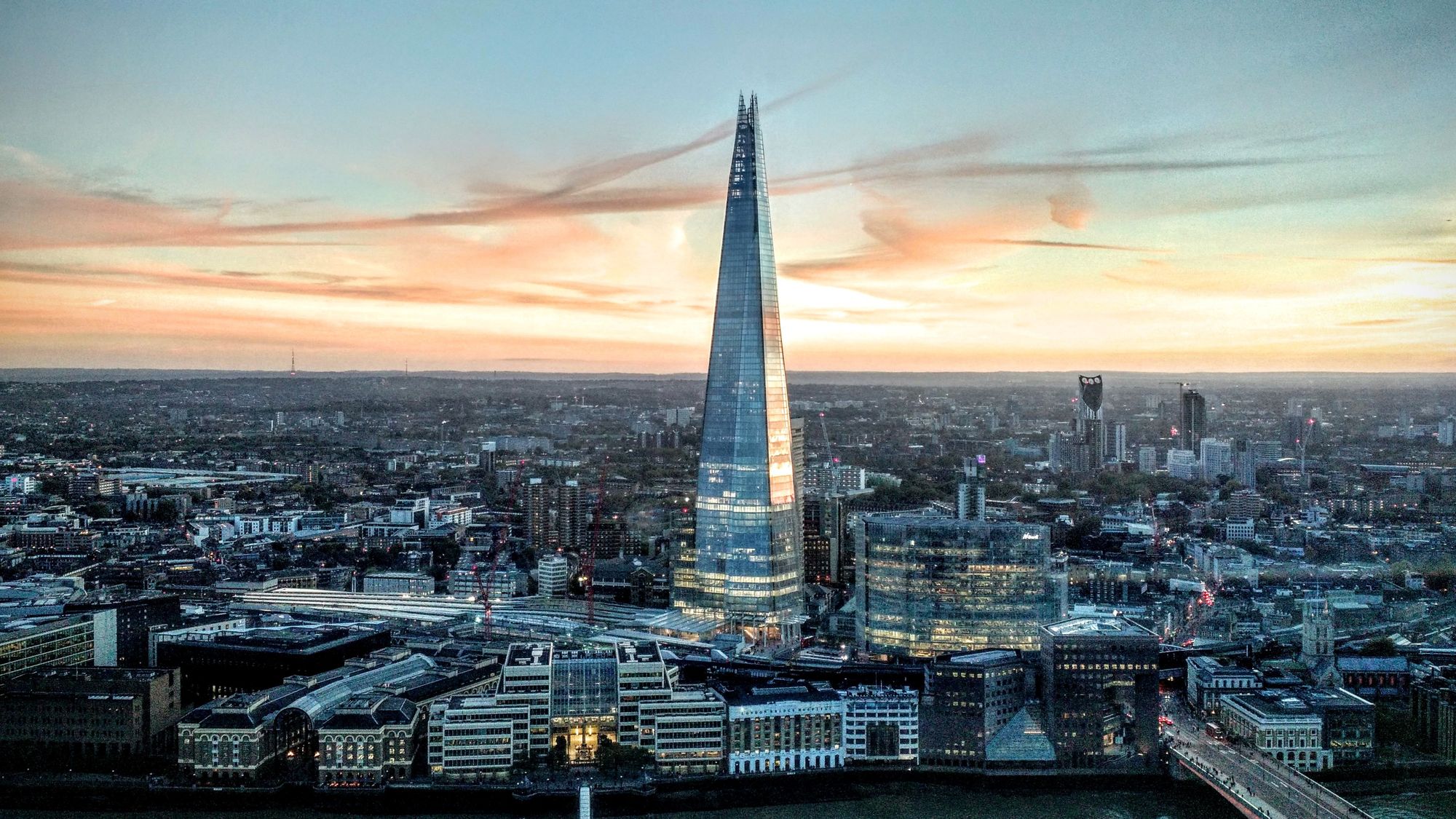
Elbphilharmonie, Hamburg
The Elbphilharmonie in Hamburg, a striking concert hall designed by Herzog & de Meuron, is another case study in replicating the Bilbao Effect. Completed in 2017, the Elbphilharmonie has become a symbol of Hamburg's cultural renaissance, drawing visitors from around the world and revitalizing the city's waterfront area. The success of the Elbphilharmonie illustrates the potential for the Bilbao Effect to be applied in different cultural and geographic contexts, using iconic architecture as a catalyst for urban transformation.
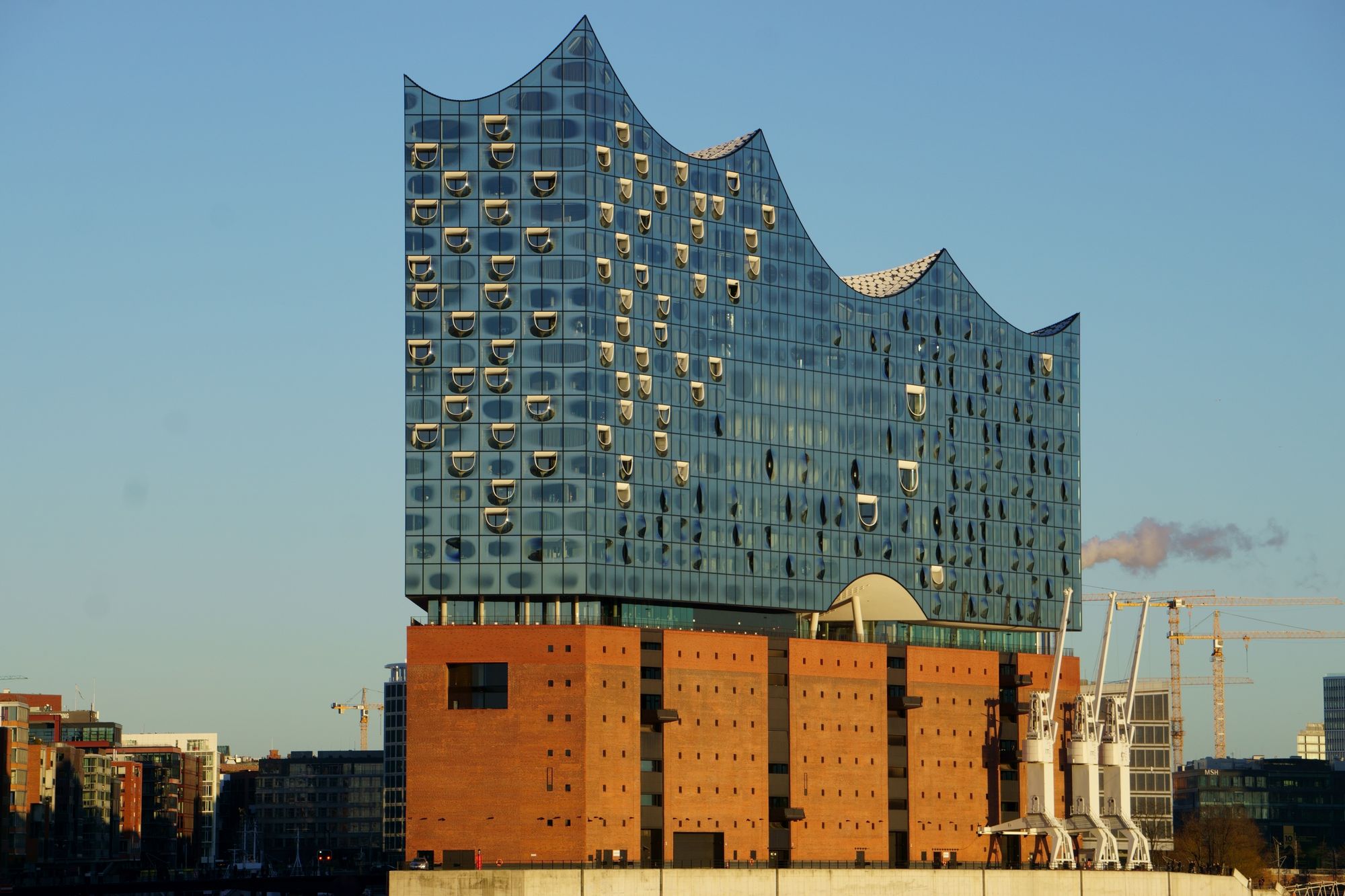
Pompidou Metz, France
The Pompidou Metz, designed by renowned architect Shigeru Ban, is an exemplary case of a city utilizing contemporary architecture to elevate its cultural profile. Completed in 2010, the striking museum features an innovative timber roof structure and a translucent façade that evokes the image of a floating Chinese hat. Located in the northeastern French city of Metz, the Pompidou Metz has become a symbol of the city's artistic and cultural renaissance, attracting visitors from around the world and revitalizing the local economy. The museum's success demonstrates how cities can embrace unique and captivating architecture to create a vibrant cultural destination and foster urban transformation.
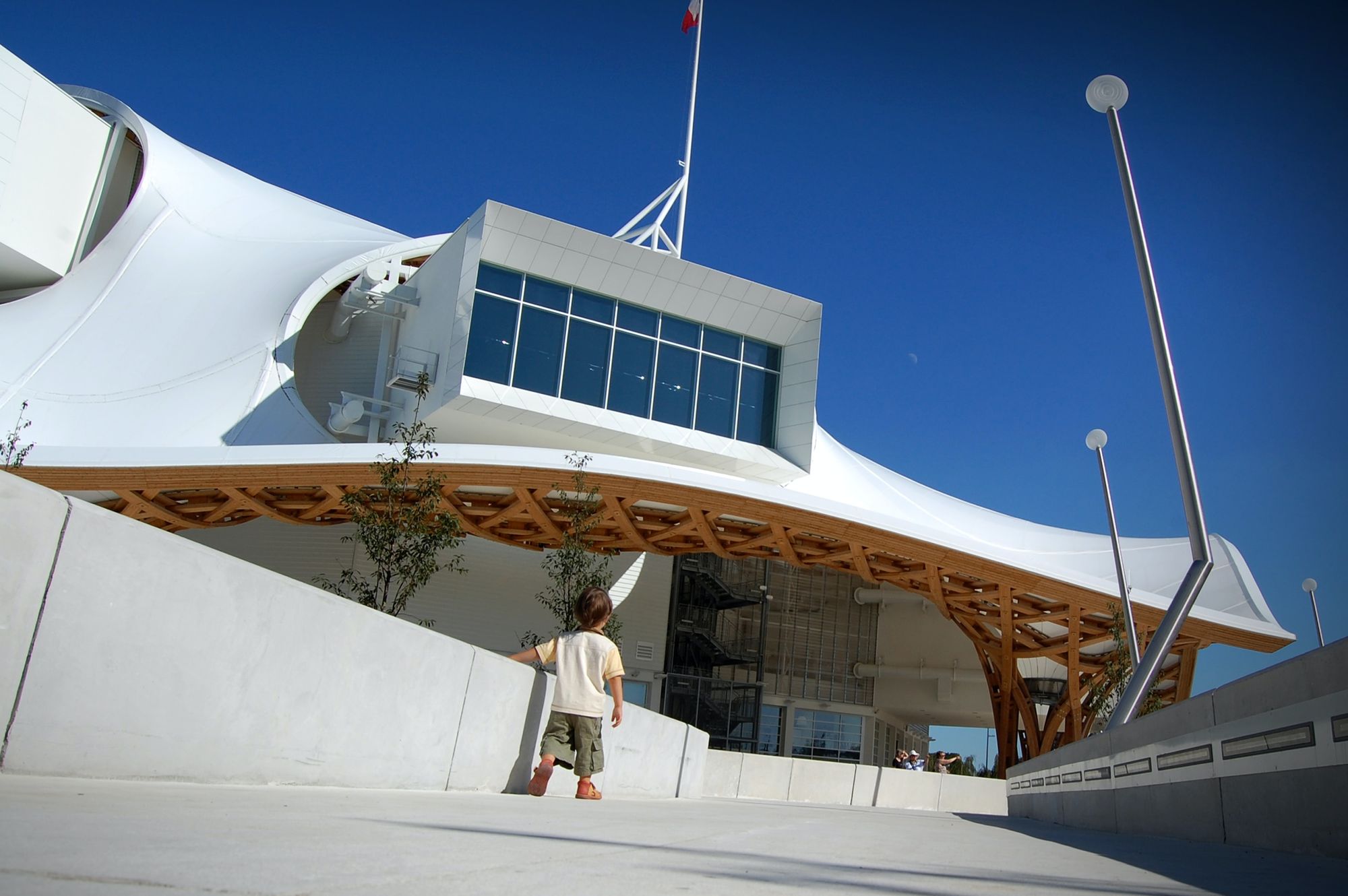
Criticisms and Potential Drawbacks
Homogenization of global architecture
One criticism of the Bilbao Effect is that it can contribute to the homogenization of global architecture, as cities strive to create iconic structures that may overshadow their local culture and identity. This pursuit of "starchitecture" can lead to a lack of architectural diversity and creativity, as cities become preoccupied with replicating the success of the Guggenheim Museum Bilbao and other iconic projects. To avoid this pitfall, cities should strive to balance the desire for iconic architecture with the need to preserve and celebrate their unique cultural heritage and architectural traditions.
Socioeconomic disparities and gentrification
The Bilbao Effect can also exacerbate socioeconomic disparities and gentrification, as large-scale developments may displace vulnerable populations and widen the gap between the rich and the poor. As neighborhoods undergo revitalization, property values and rents may increase, potentially forcing lower-income residents to relocate to more affordable areas. To address these concerns, cities must consider the social impacts of urban regeneration projects and implement policies to promote equitable development and protect vulnerable communities.
Environmental and sustainability concerns
Another potential drawback of the Bilbao Effect is the environmental impact of constructing large-scale architectural projects. These developments can consume significant amounts of energy and resources, contribute to urban sprawl, and have negative effects on local ecosystems. To mitigate these impacts, cities must prioritize sustainable design and construction practices, integrate green spaces and natural elements into their urban landscapes, and consider the long-term environmental consequences of their development choices.
Overemphasis on tourism
Some critics argue that the Bilbao Effect places too much emphasis on tourism as a means of economic development, potentially neglecting other important sectors and creating an overreliance on tourist revenue. This dependence on tourism can make cities vulnerable to economic downturns or changes in travel trends, and may detract from investments in other areas, such as education, healthcare, and infrastructure. To ensure a balanced approach to urban regeneration, cities should consider a diverse range of strategies and industries to foster sustainable growth and resilience.
Conclusion
The Bilbao Effect, exemplified by the Guggenheim Museum Bilbao, has demonstrated the potential for iconic architecture to serve as a catalyst for urban transformation and economic growth. While the concept has been successfully replicated in various cities around the world, it is essential to recognize the unique context of each city and address potential criticisms and drawbacks. By carefully considering the key elements of the Bilbao Effect, engaging with local communities, and prioritizing equitable and sustainable development, cities can harness the power of architecture and urban planning to create vibrant, thriving urban landscapes.



